Imagine slipping through a moonlit forest, your feet whisper-quiet on leaf litter, the world hushed except for the distant hoot of an owl. Suddenly, a black-and-white-striped face emerges from the undergrowth—a badger, secretive and bold, master of the underground and keeper of ancient woods. The lives of badgers are packed with drama, cunning, and a web of relationships more tangled than a soap opera. Yet, most people only glimpse their world through a fleeting roadside shadow or a muddy pawprint. What actually goes on in the hidden lives of these burrow-dwelling mammals? It’s a story of fierce loyalty, clan rivalries, secret tunnels, and social intrigue that will make you see badgers in a whole new light.
Ancient Family Ties: The Badger Clan Structure
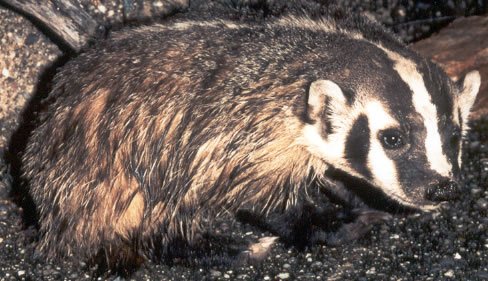
Badgers are not the solitary creatures many imagine. Instead, they live in tight-knit groups called clans or social groups, usually made up of several adults and their young. Within a clan, bonds are strong and relationships complex; think of a bustling extended family, with all the love, tension, and drama that can bring. Badger clans often include mothers, daughters, and sons, but occasionally outsiders will be accepted if they fit in. The clan’s social structure helps keep territory safe and shared resources available. Unlike many mammals, badgers don’t always fight for dominance—cooperation is key, and group grooming or playful wrestling is common. It’s a bit like living in a crowded house where everyone has to get along, or at least pretend to.
Setts: The Underground Palaces
The word ‘sett’ might sound simple, but for badgers, it means home, fortress, and social hub all rolled into one. These burrow complexes can be enormous, sometimes stretching for hundreds of meters with dozens of entrances. Setts are passed down through generations, often centuries old, layered with history like an ancestral mansion. Inside, each tunnel and chamber has a purpose, from nurseries lined with grass and leaves to sleeping quarters and emergency exits. Badgers are master builders, constantly renovating, expanding, and reinforcing their setts to keep them safe from floods or predators. Some sections are abandoned and then reclaimed years later, a testament to badger resilience and adaptability.
Clan Warfare: Battles Beneath the Surface
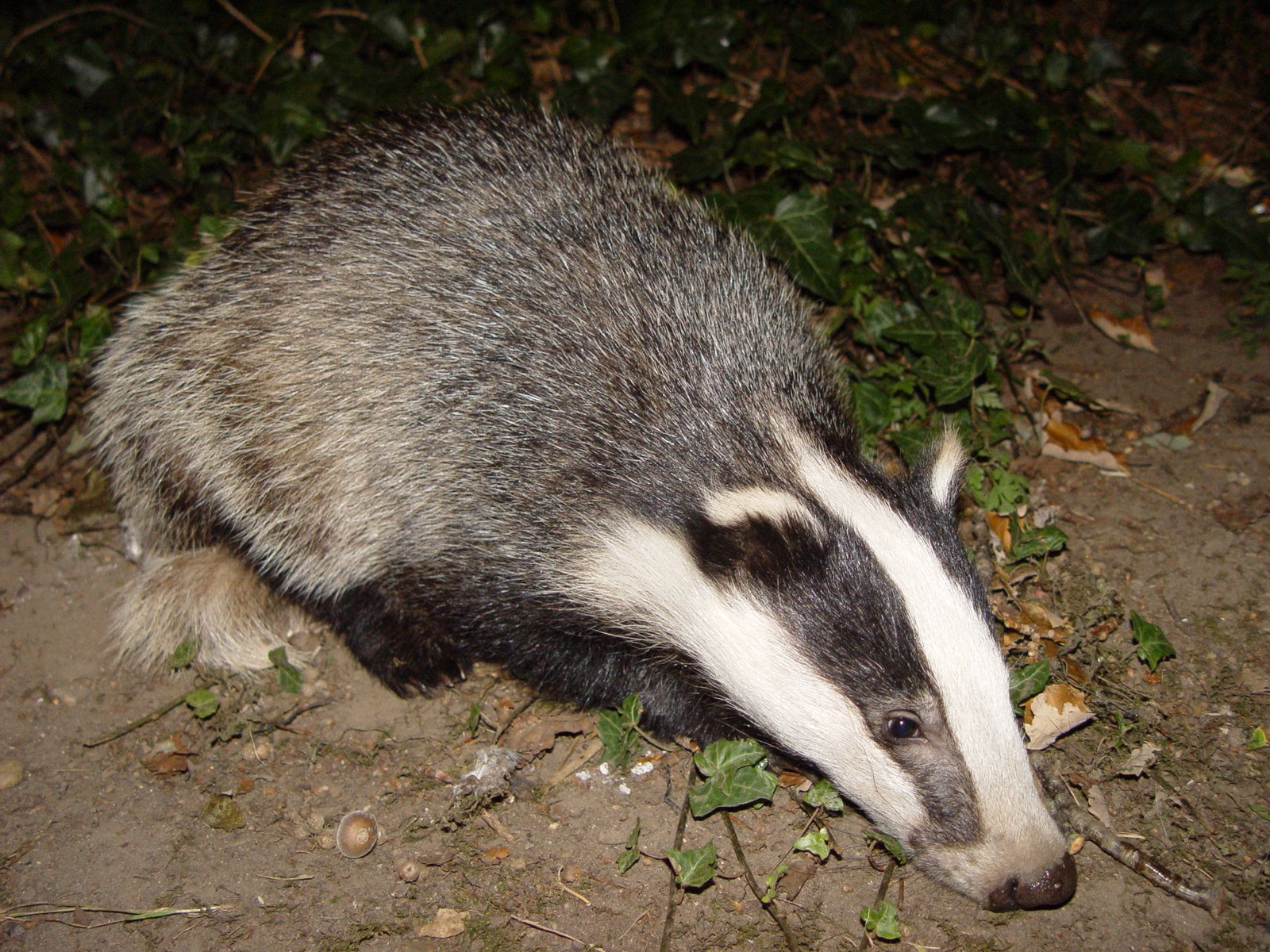
Not all is peaceful in the world of badgers. Territories are fiercely guarded, and neighboring clans often clash in brutal fights over boundaries or resources. These battles can leave badgers with scars, torn ears, or worse. Scent markings, dung pits, and scratching posts serve as warnings: “This is our land. Keep out.” When warnings fail, the resulting confrontations are dramatic and sometimes deadly. Badgers use their powerful jaws and razor-sharp claws in these turf wars, and alliances within the clan are pushed to the limit. Watching a badger clan defend its ground is like witnessing a medieval skirmish—strategy, loyalty, and a bit of chaos.
Secret Highways: Pathways and Badger Roads
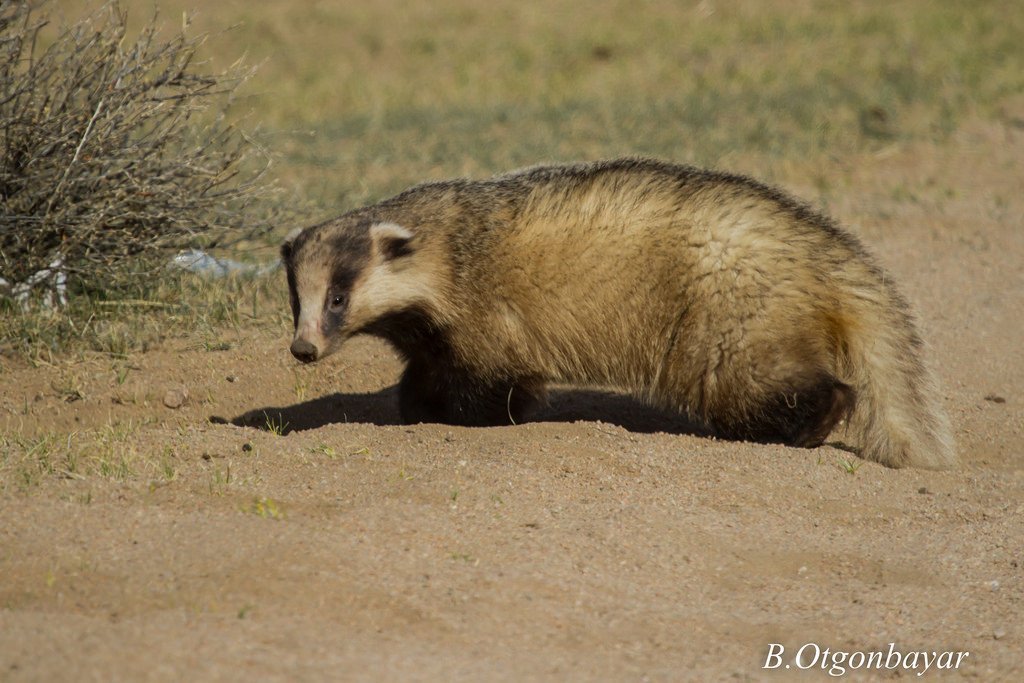
Above ground, badgers create well-worn paths connecting their setts to feeding grounds, water sources, and latrines. These “badger highways” can be so established that they turn into little tunnels through the undergrowth, sometimes used for generations. At night, you might spot a narrow trail in the grass or a shallow groove along a hedge—evidence of these secret travelers. These paths help badgers navigate their territory quickly and safely, reducing the risk of bumping into predators or rival clans. It’s a bit like having your own private subway system running through the woods, invisible to anyone who doesn’t know where to look.
Complex Communication: Scent, Sound, and Touch
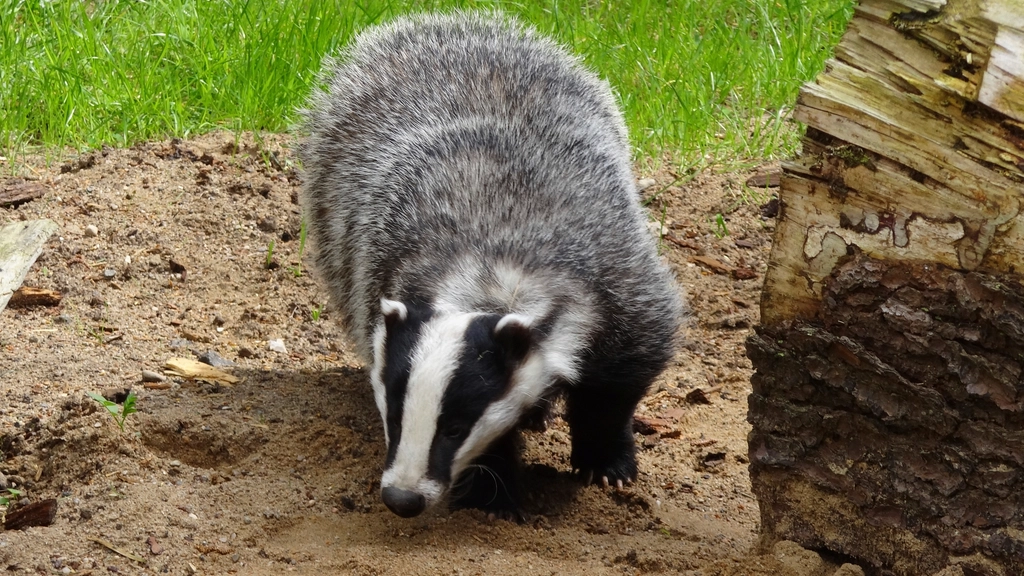
Badgers are silent communicators, using a complex language of scents and subtle signals to convey messages. Scent marking is their way to set boundaries, share information about identity, or signal readiness to mate. They deposit scent from glands on their tails and feet in strategic locations, almost like leaving secret notes for other badgers. Vocalizations—growls, chuffs, and squeaks—are used sparingly, mostly in close encounters or during arguments. Grooming and physical touch play a huge role too, helping to strengthen social bonds and reduce tension. To an outsider, it might seem like nothing is happening, but for badgers, every sniff and nudge has meaning.
Nighttime Foragers: The Badger’s Menu
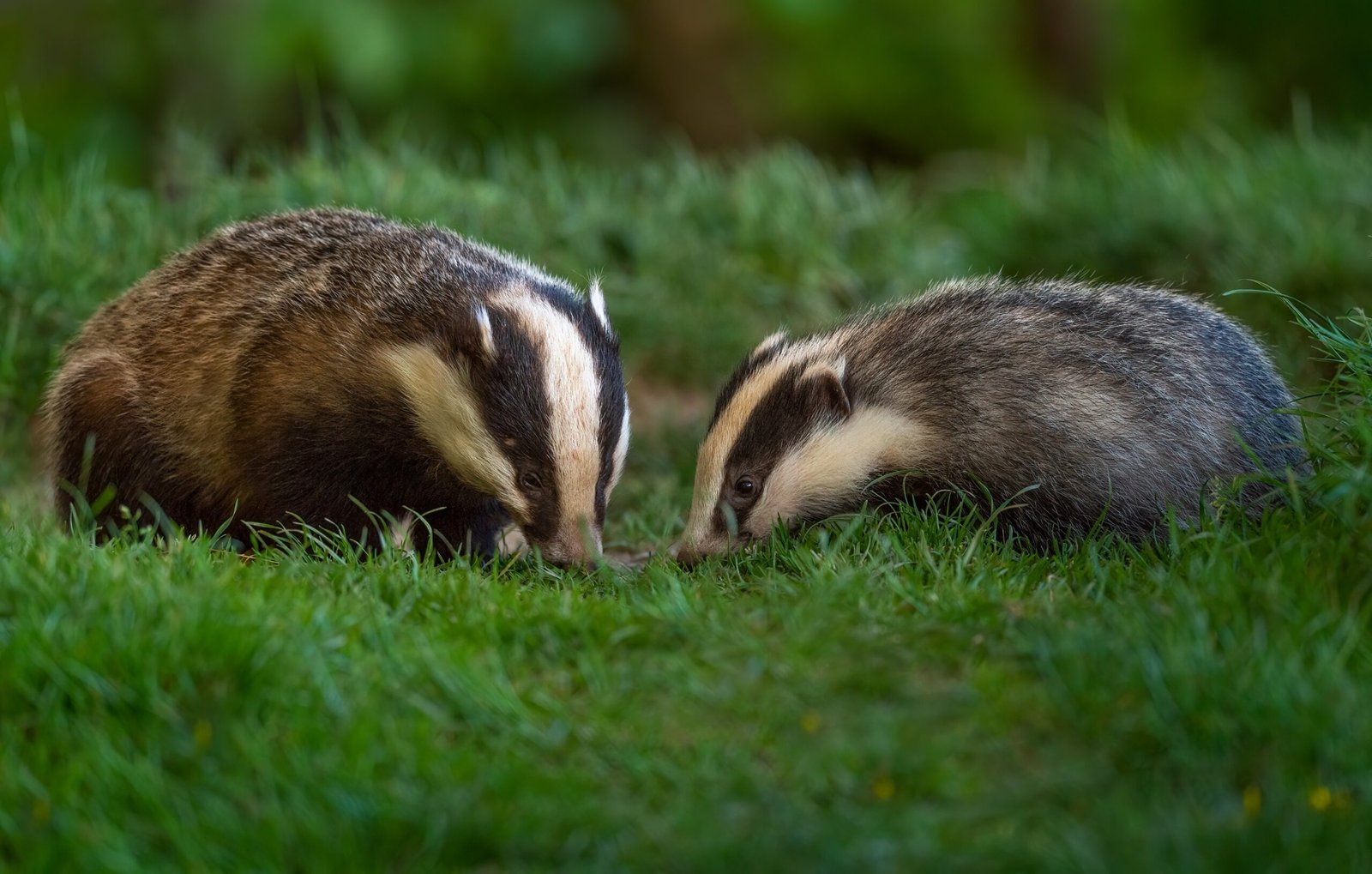
Badgers are creatures of the night, emerging after sunset to search for food. Their diet is surprisingly varied, ranging from earthworms (a particular favorite) to insects, small mammals, fruit, and even cereal crops. In the spring and summer, a single badger can gobble up hundreds of worms in a night, guided by an extraordinary sense of smell. When times are tough, badgers have been known to raid bee nests, munch on berries, or dig up bulbs. Their foraging techniques are clever and persistent, often using their powerful claws to unearth hidden treats. They are the ultimate opportunists, able to adapt their menu to whatever nature offers.
Parenting and Childhood in the Sett
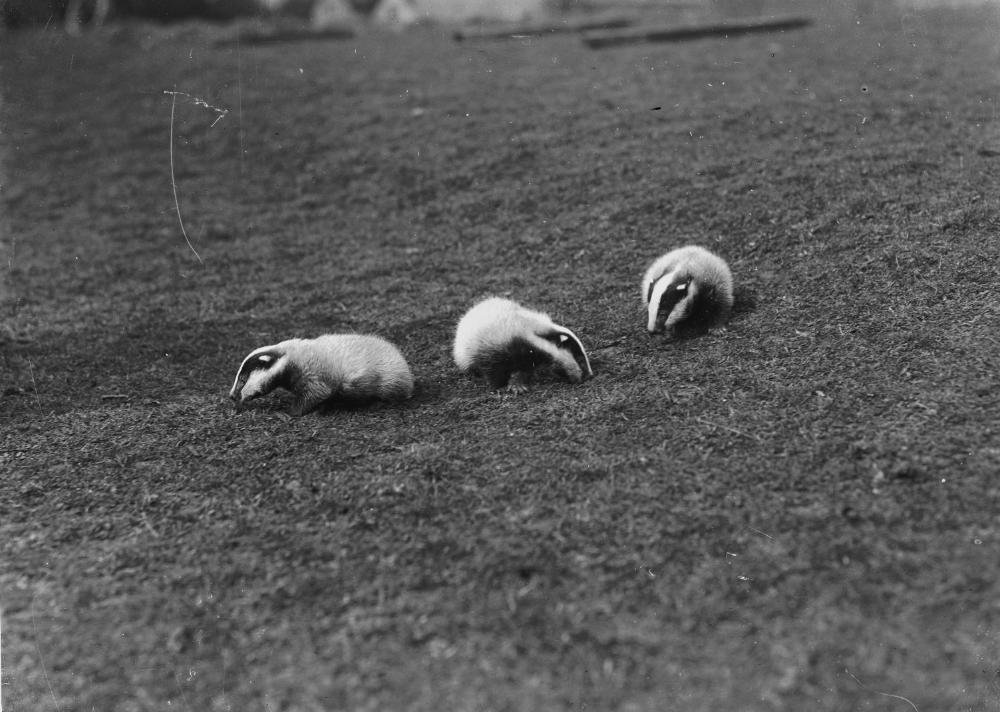
Life for a badger cub begins deep underground, safe inside the sett. Cubs are born blind and helpless, relying on their mothers and older siblings for warmth, food, and protection. As the weeks pass, their eyes open and curiosity blooms. Play becomes a vital part of their upbringing—cubs wrestle, chase, and explore under the watchful eye of the clan. This play isn’t just fun; it teaches vital skills for survival, from fighting techniques to social etiquette. When they finally emerge above ground, the world is full of hazards, but also wonder, and the family’s guidance gives them the best shot at making it.
The Role of Elders: Wisdom and Experience
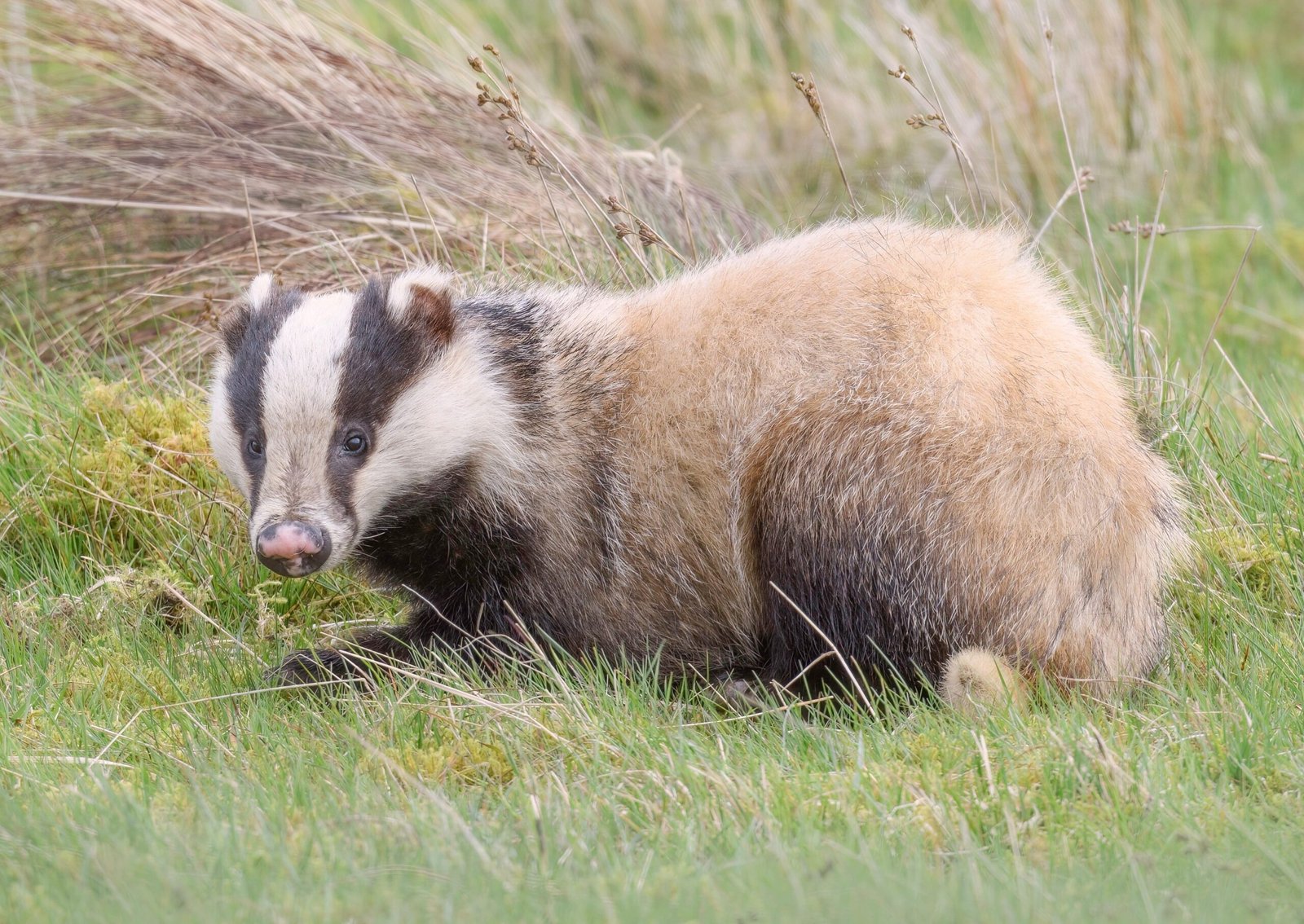
Older badgers hold a special place in the clan. With years of experience navigating territory disputes, foraging challenges, and the intricacies of clan life, elders are respected figures. They often lead the group during risky ventures, like moving between setts or defending against rivals. Their memories of old pathways and danger zones can mean the difference between survival and disaster. While aging badgers may slow down, their wisdom is a treasure trove for the younger generation. Like the wise grandparent who knows every family secret, elders quietly shape the destiny of the clan in ways outsiders rarely see.
Predators, Perils, and Survival Tactics
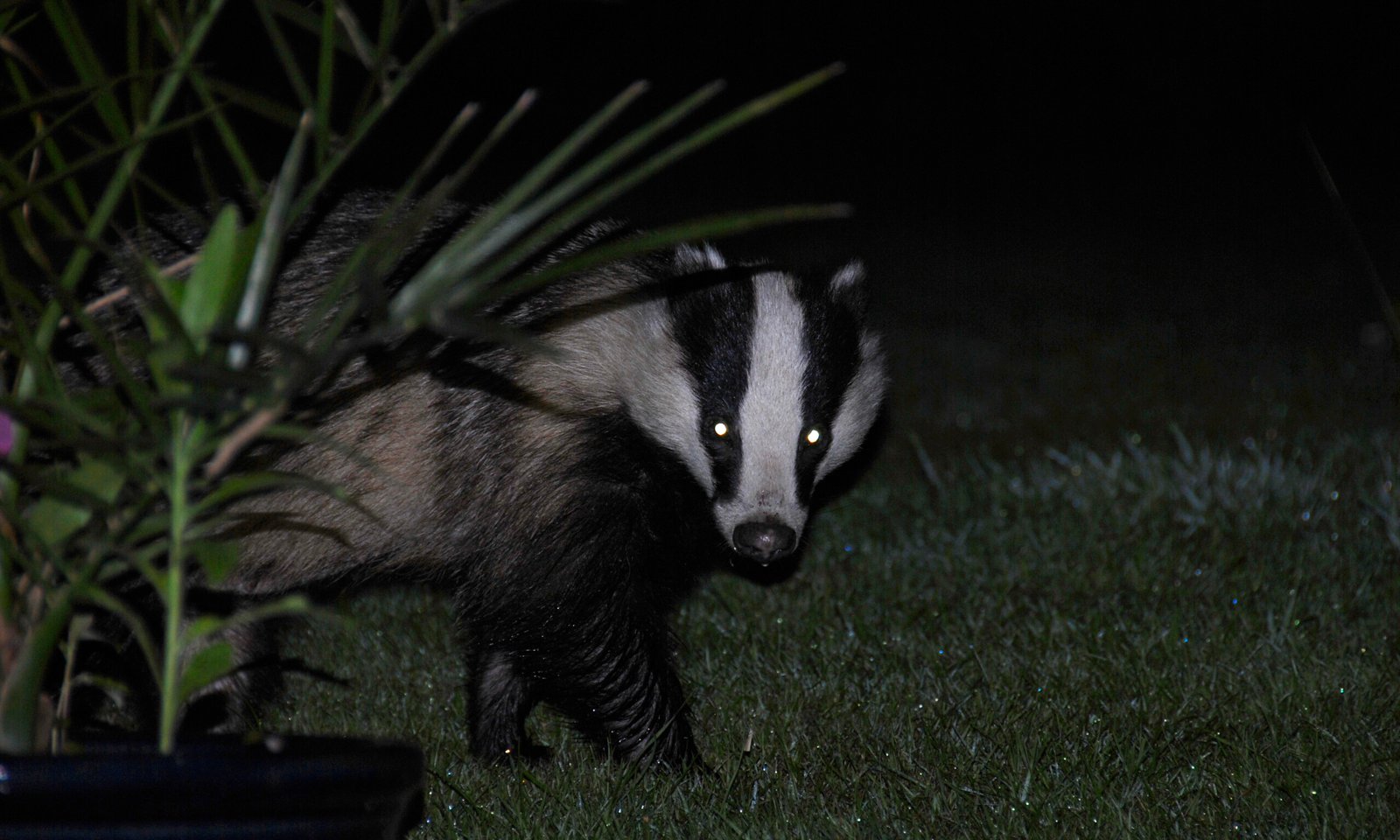
Despite their fearsome reputation among smaller animals, badgers face plenty of threats. Foxes, dogs, and birds of prey sometimes target cubs, while adult badgers must watch out for vehicles, disease, and human interference. To stay safe, badgers rely on stealth, speed, and their formidable sett defenses. At the slightest hint of danger, the clan can disappear into their tunnels in seconds, like a magic trick. Some badgers have even been observed faking sleep to fool predators or using decoy entrances to escape. Survival means staying one step ahead, and badgers have mastered the art of vanishing just when you think you’ve found them.
Seasonal Shifts: How Badgers Adapt to the Year
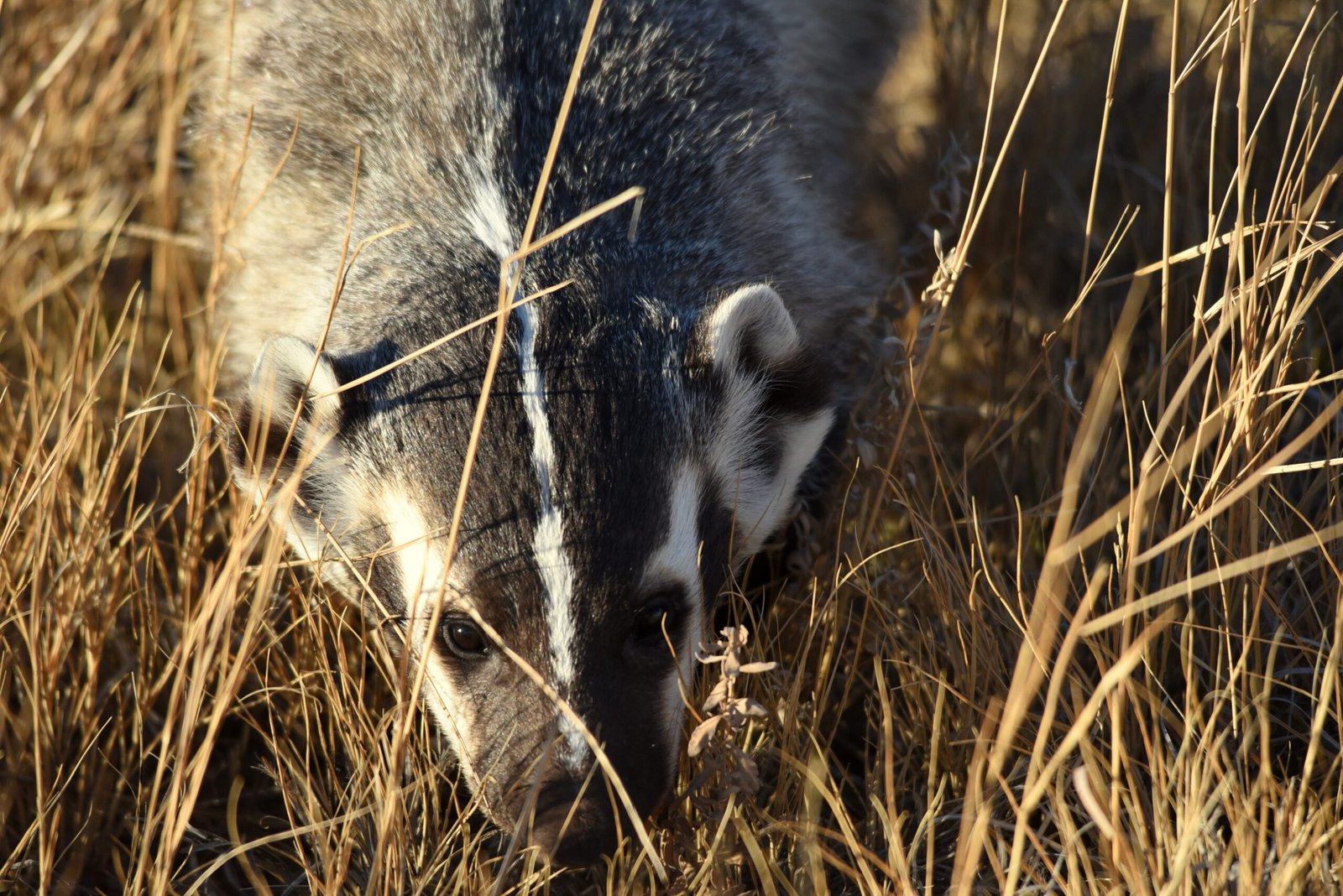
Badgers are true survivors, adapting their routines with the changing seasons. In spring and summer, activity peaks—food is abundant, cubs are born, and territory disputes are common. As autumn arrives, badgers spend more time preparing for winter, bulking up on calories and insulating their setts with extra bedding. Unlike true hibernators, badgers enter a torpor-like state, sleeping for longer periods but still waking to forage on milder nights. This flexibility lets them cope with harsh winters without the risks of deep hibernation. Watching a badger clan adjust to the rhythm of the year is a lesson in resilience and resourcefulness.
Badger Intelligence: Problem Solvers and Learners
Badgers are much smarter than their shy demeanor suggests. In studies where food was hidden behind puzzles or barriers, badgers have shown impressive problem-solving skills. They remember the best foraging routes, recognize individual clan members, and learn from past mistakes. Some researchers even believe badgers have a sense of planning, storing food for lean times or altering their routines to avoid danger. Their intelligence isn’t flashy, but it’s real—a quiet cunning that helps them thrive in a world full of challenges. If you’ve ever tried to outsmart a badger in the garden, you know how persistent and clever they can be.
Unexpected Social Rules: Cooperation and Conflict
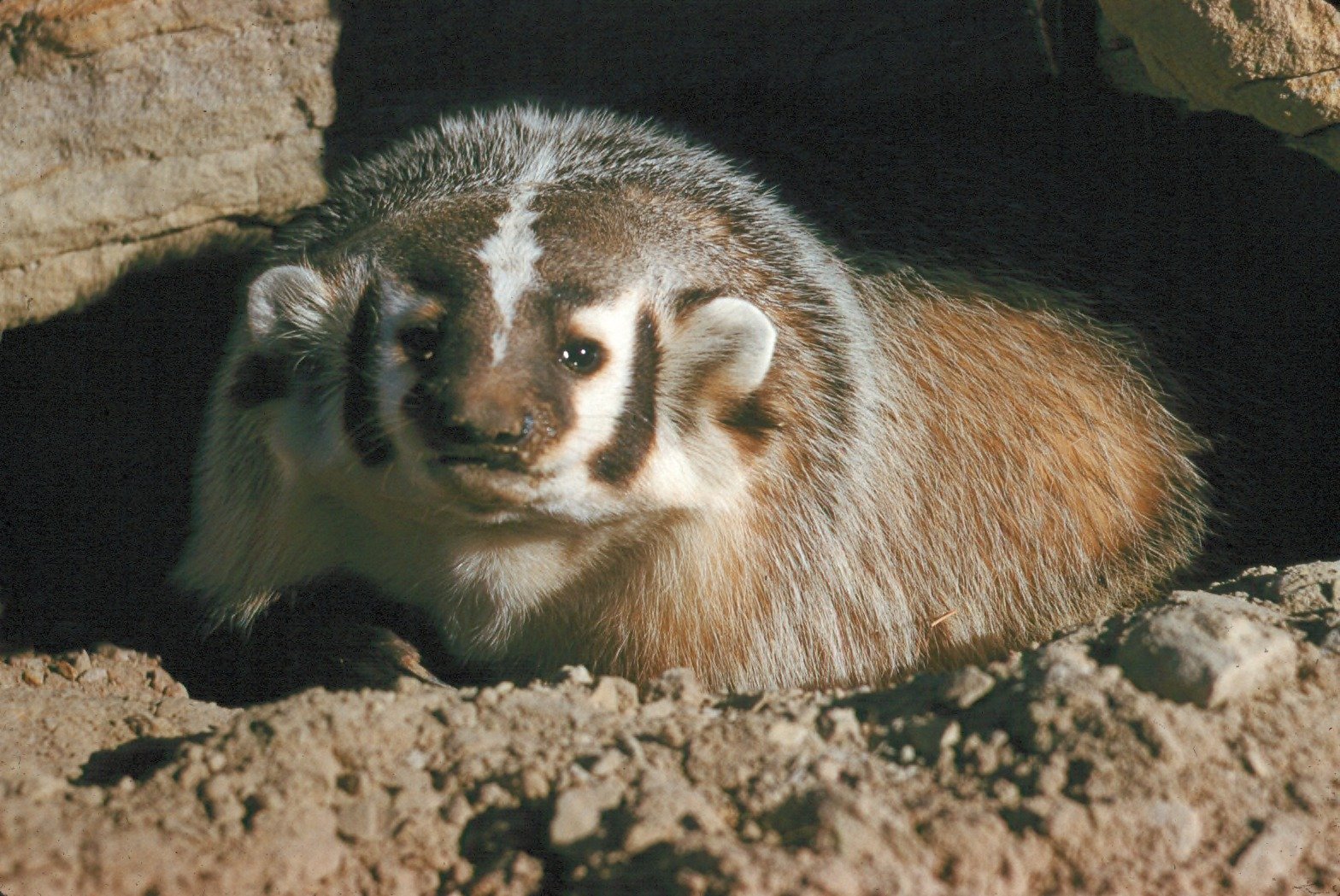
While badger life revolves around cooperation, it’s far from a utopia. Rivalries, jealousy, and competition for mates sometimes spark internal conflict. Yet, more often than not, badgers find ways to resolve tension through grooming, play, or even avoiding troublemakers. Social rules govern everything from who gets first dibs on food to who leads the clan into new territory. Breaking these rules can mean exile or, at the very least, a frosty welcome at the next group grooming session. It’s a delicate balance, where peace is maintained through a mix of affection, negotiation, and the occasional scuffle.
Badgers and the Landscape: Ecosystem Engineers
Badgers are more than just inhabitants of the land—they shape it. Their digging aerates the soil, helps seeds spread, and creates microhabitats for other creatures. Abandoned setts become homes for foxes, rabbits, and even owls. In this way, badgers function as ecosystem engineers, quietly influencing the health and diversity of woodlands, grasslands, and even farmlands. Some scientists have compared their impact to that of beavers or elephants—small animals making a big difference. If you walk through a forest and find wildflowers blooming near a tangled tunnel, you might just be witnessing a badger’s handiwork.
Myths, Legends, and Folklore: The Badger’s Mystique
Badgers have inspired stories, symbols, and superstitions for centuries. In some cultures, they’re seen as wise and brave, protectors of the forest. In others, they’re tricksters or mysterious beings connected to the spirit world. Ancient hunters believed badgers could dig their way into the underworld, while farmers both feared and respected these industrious diggers. Modern tales often focus on their stubbornness and tenacity—the “never give up” attitude that makes badgers folk heroes. Whether feared, revered, or misunderstood, badgers have always occupied a special, shadowy place in our imaginations.
Human Encounters: Conflict and Coexistence
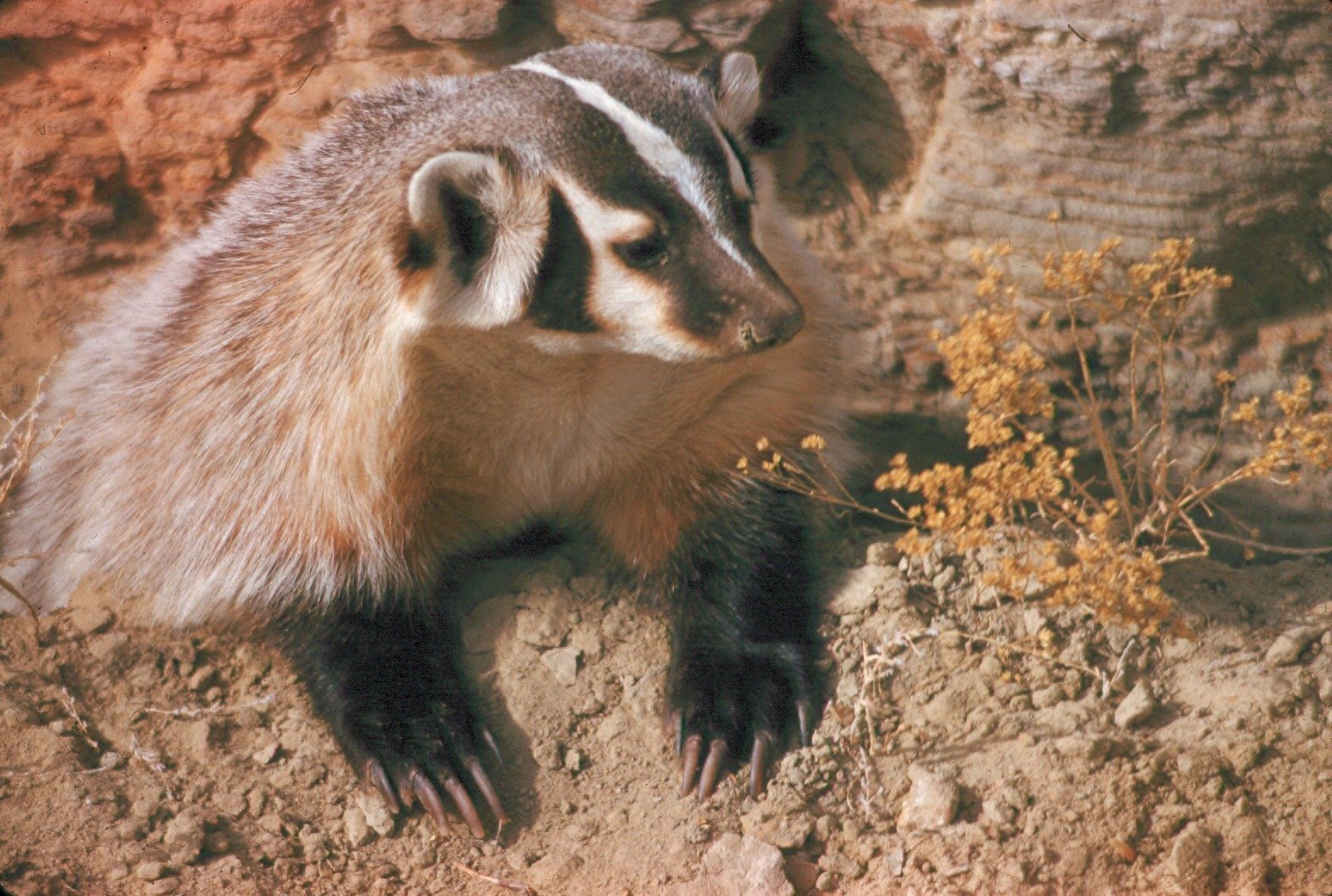
The relationship between badgers and people is complicated. In some regions, they’re celebrated as symbols of wildness and resilience; in others, they’re blamed for damaging crops or spreading disease. Road accidents are a constant threat, as badgers’ secret highways often cross busy roads. Efforts to protect badgers sometimes clash with farming interests, leading to heated debates and controversial policies. Yet, many people are enchanted by the idea of wild badgers roaming the countryside and work tirelessly to study, protect, and coexist with them. It’s a relationship marked by tension, but also admiration and hope.
Badgers in Urban Landscapes: Adapting to the City
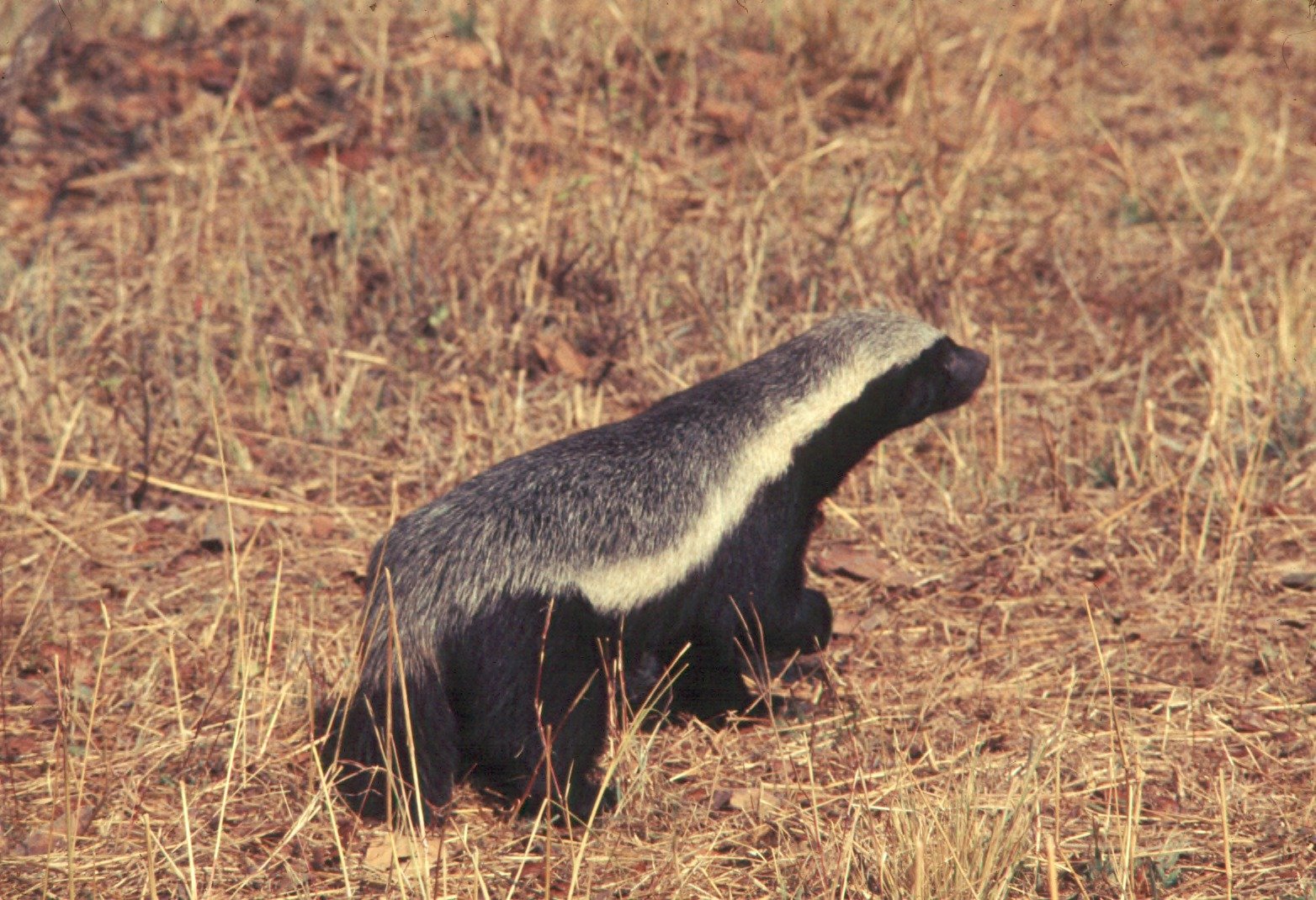
You might think badgers belong only in deep woods or remote fields, but they’ve proven surprisingly adaptable to city life. In some towns, badgers make their homes in parks, cemeteries, or overgrown lots, slipping out at night to raid bins or forage for worms in lawns. Urban badgers face unique challenges—traffic, pollution, and a lack of safe setts—but they also benefit from fewer predators and abundant food. Some city dwellers have even formed badger-watching groups, quietly observing these nocturnal neighbors as they go about their business. It’s a testament to the badger’s resilience and ability to find a niche almost anywhere.
Disease and Health: The TB Controversy
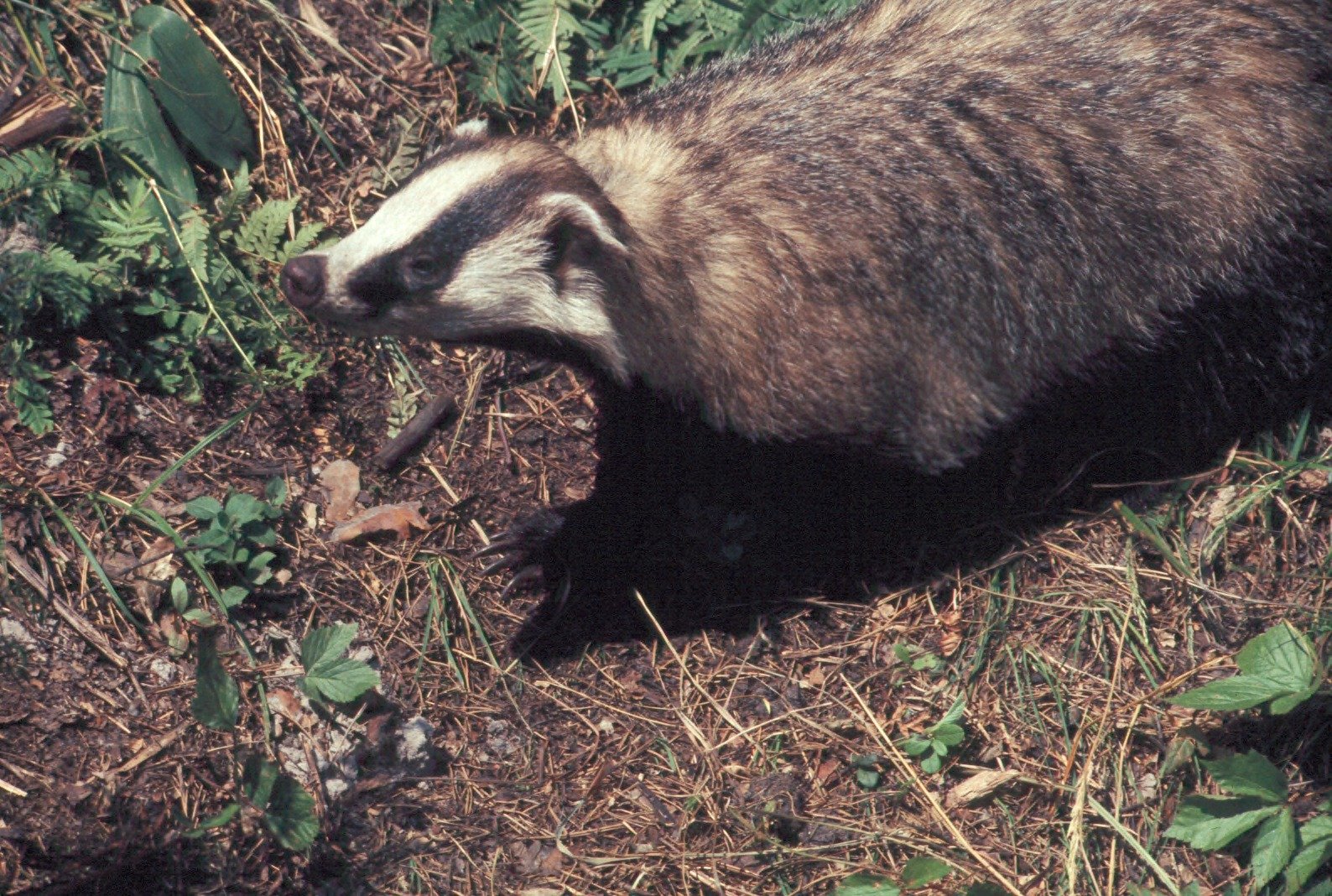
One of the thorniest issues in badger conservation is their role in spreading bovine tuberculosis (TB) to cattle. This disease has led to intense debates, culling programs, and scientific research, especially in the UK. While some studies suggest badgers can transmit TB to livestock, others argue that habitat loss and cattle movement play a bigger role. The controversy has sparked passionate arguments on all sides, with farmers, conservationists, and scientists searching for answers. For badgers, TB outbreaks can be devastating, leading to suffering within clans and further complicating their relationship with humans.
Conservation and the Future of Badgers
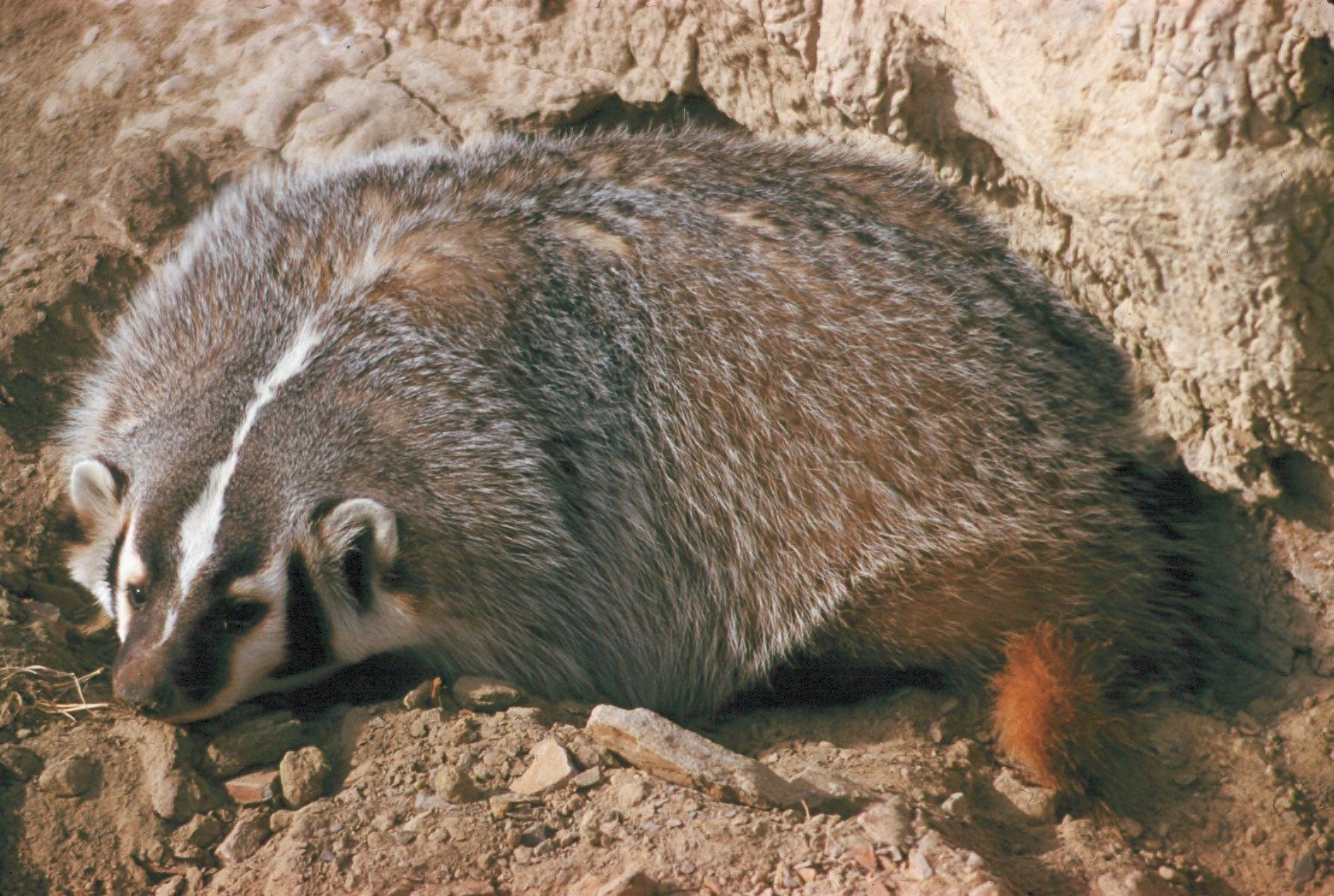
Despite their adaptability, badgers are not immune to threats. Habitat loss, persecution, and disease all put pressure on their populations. Conservation efforts focus on protecting setts, creating wildlife corridors, and promoting coexistence with farmers and landowners. In some countries, strict laws protect badgers and their homes, while in others, they face ongoing danger. The future of badgers depends on a delicate balance between human needs and wild spaces. As more people become aware of their importance, there’s hope that the mysterious lives of badgers will continue to unfold for generations to come.
Watching Badgers: A Window into the Wild
For those lucky enough to see badgers in person, the experience is unforgettable. Watching a badger clan emerge at dusk, snuffling through leaves and grooming each other with gentle care, is like peeking into a secret world. Wildlife watchers often wait for hours in silence, hoping for a glimpse of these elusive animals. Some describe the moment as magical, a reminder that wildness still exists just beyond our backyards. With patience, respect, and a bit of luck, anyone can witness the quiet wonders of badger life and be drawn into their mysterious, complex society.
A Final Reflection on the Secret Lives of Badgers
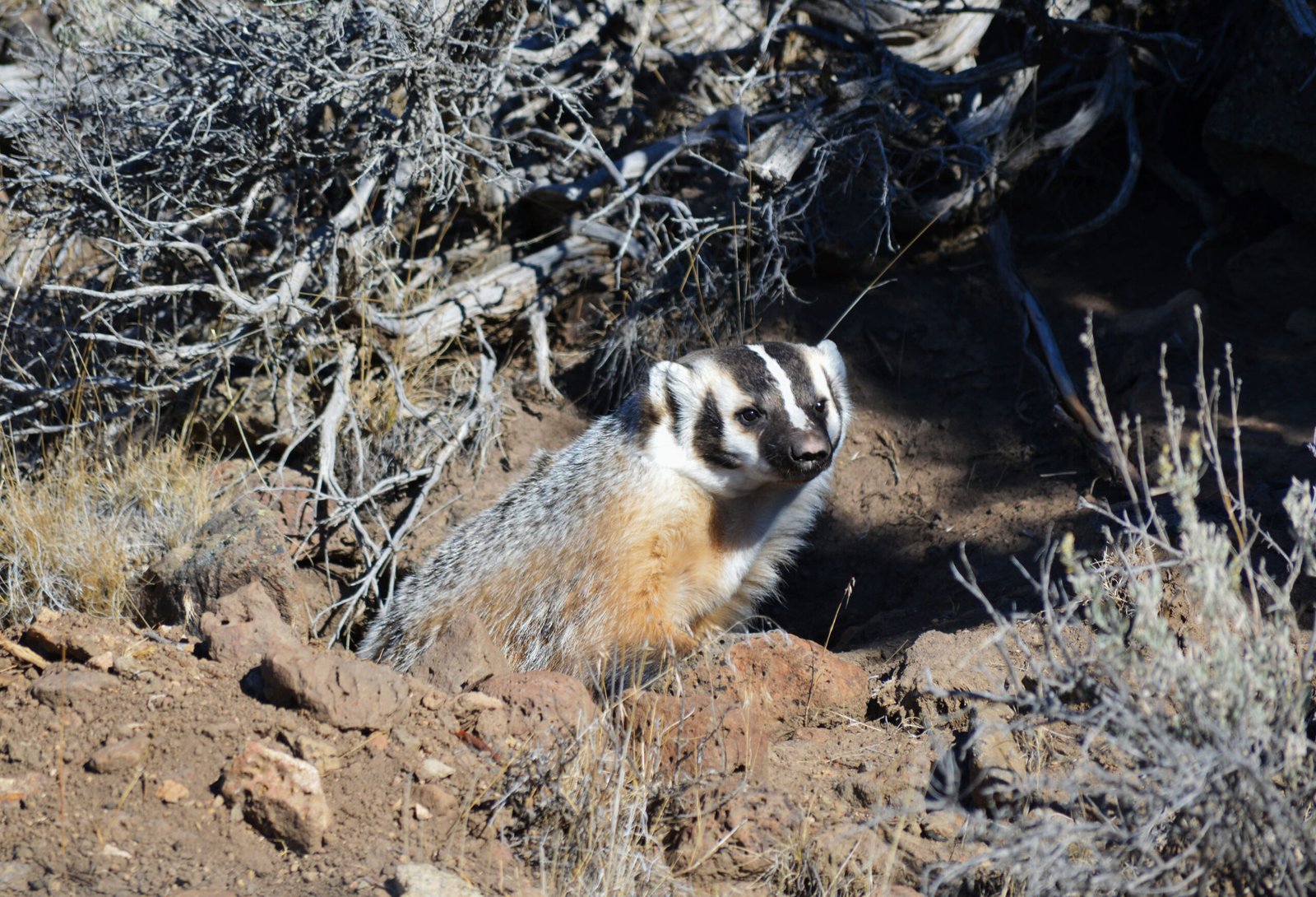
Badgers are much more than their reputation as elusive woodland creatures. They are architects, warriors, caretakers, and survivors—living proof of nature’s complexity and resilience. Their hidden lives are filled with drama, cooperation, and quiet wisdom, weaving a story that’s as thrilling as any mystery novel. As we learn more about badgers, we’re reminded of how much there is left to discover in the world around us—and how even the most secretive creatures can teach us about family, community, and survival. What other secrets do you think are hidden just beneath our feet?




